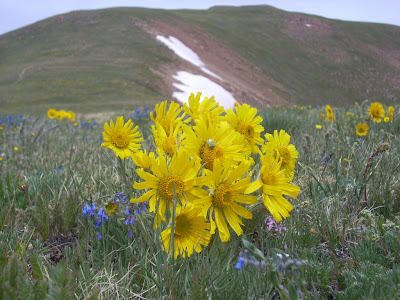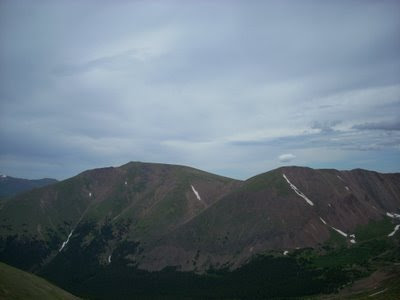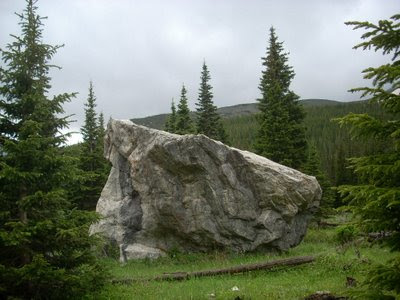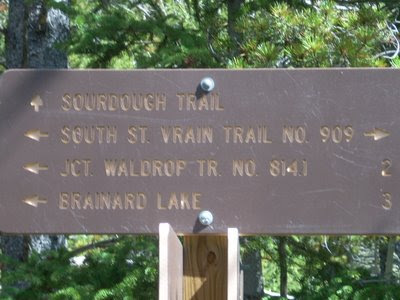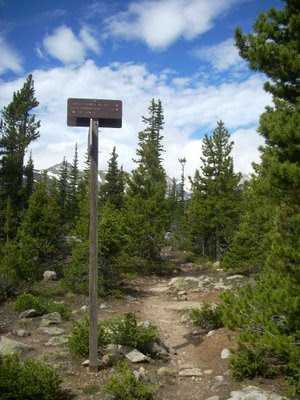As the fall colors are almost at their peak in most parts of Colorado, Tara and I headed up to run Ute Peak. We've done this one on numerous occasions, as it offers a fairly well marked trail for running, a solid ascent, lots of time above treeline, and spectacular vistas of the Gore Range and beyond. This time was not an exception, other then we decided to do the official Ute Peak Massif.
Why did I fall for the pre-dawn start again???
This mountain run is slightly different then doing just Ute Peak (12,303 feet). Rather, it involves tagging all of the minor summits of the entire Ute Massif. There are four (including the peak proper), and other then the far northern one, all can be tagged en-route to the official Ute Peak. This also adds a touch of vertical and a mile or two more to your day, but make the run all the better.
Ghost runner in a frost covered meadow...
To access Ute Peak, drive north from Silverthorne in Summit County on Highway 9. After about 10 minutes, you will see a turn off for Ute Pass Road. Take this to the top of Ute Pass and park in the pull-out. The trail begins right in the trees on the south side of the pass.
Running through the thick forest growth on perfect singletrack...
After quickly taking you into the forest, the trail climbs to a small overlook before once again dropping into the thick growth. As it winds around to the east side of the Ute Peak Massif, the trail passes through dense forests and meadows, eventually reaching treeline after a VERY steep section. Once at treeline, the views of the Gore Range are phenomenal. If you are going to tag all of the summits in the massif, continue straight up, angeling to your left (southeast), heading slightly away from the highest point on your right. This will take you to Ute Peak North. From here, stay on the ridge over Ute Peak Middle, then down and over to Ute Peak Proper. From here, descend south a couple hundred feet and then ascend up to Ute Peak South.
Finally reaching treeline and the views beyond...
After all four are done, you can avoid climbing over all of them again by simply skirting around the west side of Ute Peak Proper and Ute Peak Middle. Pick up the trail again, and then head back down the five long miles to your car.
The numbers for those who care....
Beginning Elevation: 9,400 feet
High Point: 12,303 feet
Total climbing and descending: ~ 6,000 feet
Mileage: ~12 miles
Other People Factor: minimal; I've done this run over a dozen times and have only encountered 3 parties on it (on a Sunday no less).
Time: 3.5-6 hours depending on how often you stop to enjoy the views...
Looking at what still lies ahead (the first summit is on the left out of the photo)
Two down, two to go...
Running across the top of the world...
The alpine tundra in full fall glory!
Panorama of the Ute Massif from Ute Peak North
Panorama of the Gore Range






















